Ba Be Lake
Ba Be lake is one of the most 16th beautiful lake and one of the most one hundered largest freshwater lake in the world. Ba Be lake is a destination that you should not miss when traveling to Bac Kan.
The lake was formed over 200 years ago with 8km long, 3km wide and 145m high above the sea level. It is surrounded by ancient limestone mountains dating back more than 450 million years.
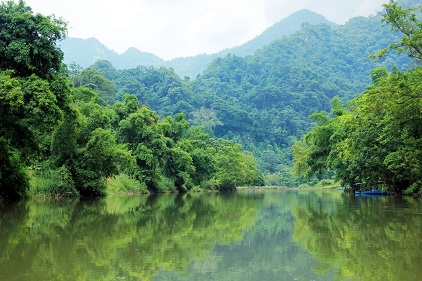
One of the best ways to get a feel for the area on arrival is by boat on one of the three lakes - kayaks for the more adventurous or guided motor boat tours for those who want to relax a little.
The lakes have a lot to offer, including waterfalls, rivers, valleys, lakes, and caves all set amidst picturesque landscapes. With many unique features and beautiful natural sights, Ba Be Lake was recognized as one of 20 special freshwater lakes in the world which need to be protected and developed. From Ba Be Lake, tourists can also visit other neighbouring attractions such as Dau Dang Fall, Puong Cave and Tien Pond.

The lake itself is actually three small lakes joined together – Pe Lam, Pe Lu and Pe Leng. The area was established as a national preserved forest and tourist centre in 1978, before being established as Vietnam's eighth national park in 1992. It was recently recognised by UNESCO as the third Ramsar site in Vietnam - an important wetland of the world. Located 145m above sea level, the lake has an average depth of 20-25m and its deepest part is 35m. The lake bed is made up of limestone with millions of crags and crevasses that are ideal for a large variety of marine life - there are over a hundred of species of freshwater fish in the lakes.
Ba Be Lake lies in the middle of the vast limestone mountain range of Ba Be National Park with large and small islands of limestone rising out of the water, many of which can be explored as you kayak around. There are also several caves to find, with beautiful rock formations that have developed over millions of years. Of those, a good example is Puong Cave, through which the Nang river runs under its magnificent limestone structures. It is 30 metres wide, and 300 metres deep with thousands of stalactite and stalagmite structures and a bat colony numbering tens of thousands. Its picturesque entrance lies to the north east of Ba Be Lake, in the hillside of the Lung Nham Range.
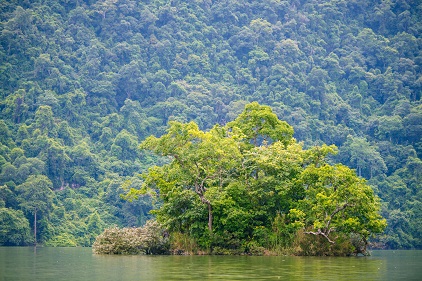
With further exploration of Ba Be National Park, tourists will also begin to discover some of the villages in the region. This is best done by joining one of many trekking tours which can be arranged, as they include a guide that will introduce you to the people of the various ethnic communities that are resident here. Bo Lu Village is a great example, and by visiting the village, tourists have a chance not only to admire old stilt houses but also to learn more about culture and daily life of Tay people.
See more
-
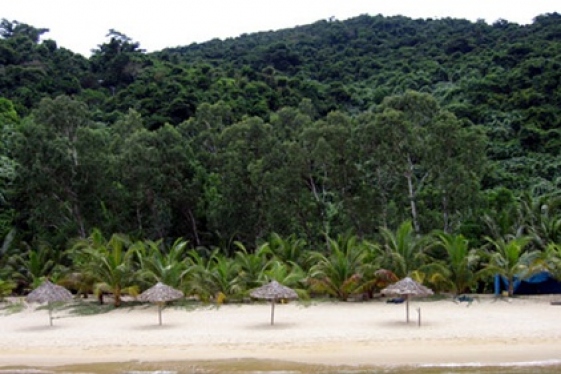
Cong Tay Island
Cong Tay Island is located in Bai Tu Long Bay, part of the tour around Ngoc Vung Island in Quan Lan, about 40km off Bai Chay Cruise Port. Ships and cruises normally run from...
-

Bitexco Financial Tower in Ho Chi Minh
Ho Chi Minh City’s Bitexco Financial Tower stands 262 metres high at the centre of the city’s business district and offers visitors an unparalleled city view from...
-

Cong Do Island
Located in the southeast of Ha Long Bay, 25km off from Bai Chay cruise port, Cong Do Island is inside Bai Tu Long Bay. The island has an area of 23 363 km2 with 172 m...
-

Chuc Thanh Pagoda
Chuc Thanh Pagoda was founded by Monk Minh Hai of Chine in 1454, making it the oldest Buddhist pagoda in Hoi An. Featuring a mix of Vietnamese and Chinese architectural...
-

Vietnam Fine Arts Museum
Just across the street from the Temple of Literature, Vietnam Fine Arts Museum can be found spotted easily from afar.
-
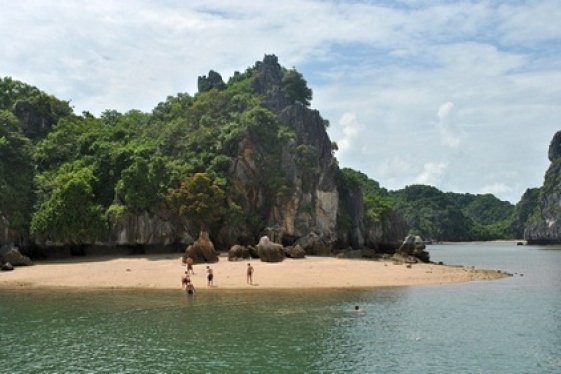
Lan Ha Bay
Located adjacent to Halong Bay, Lan Ha Bay is a peaceful bay in Cat Ba Islands system. Lan Ha Bay has about 400 large and small islands covered with green trees and...
-
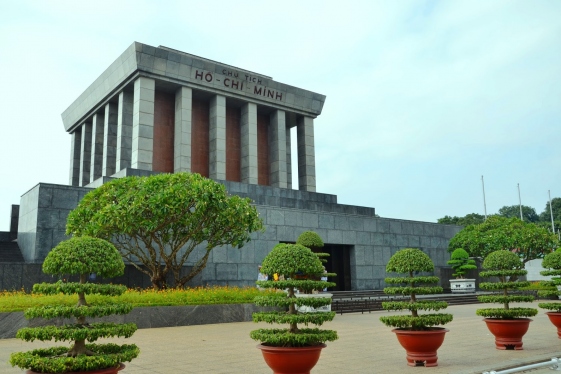
Ho Chi Minh Mausoleum
Ho Chi Minh Mausoleum is one of the most historical attractions in Hanoi , knowing for the final resting place and holding the embalmed remains of President Ho Chi Minh, the...
-

Ham Ninh fishing village
If you want to see the most beautiful dawn and eat the freshest seafood in Phu Quoc, you should go to Ham Ninh fishing village which is an ancient fishing village. In Ham...
-
.jpg)
Hai Van Pass
Hai Van Pass or Sea Clouds Pass offers an impressive landscape of verdant mountains and clear blue skies, overlooking Da Nang City, Tien Sa Port, Son Tra Peninsula, and South...
-
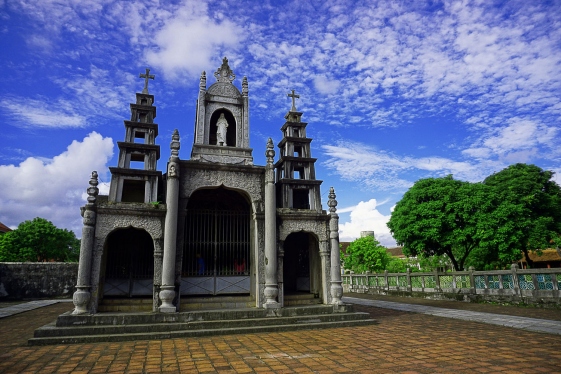
Phat Diem Cathedral
Phat Diem Cathedral is one of the most famous and beautiful churches in Vietnam with special architecture: an elegant combination of Western architectural style and...
Destinations
Most popular tours
-
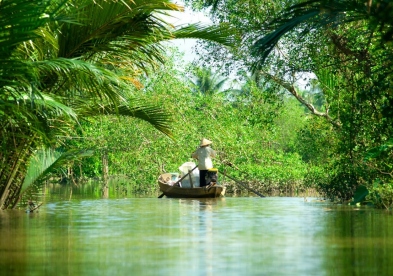
Mekong Delta Tour 2 Days
Price from: 96 US$
-

Hanoi Street Food Discovery
Price from: Contact
-
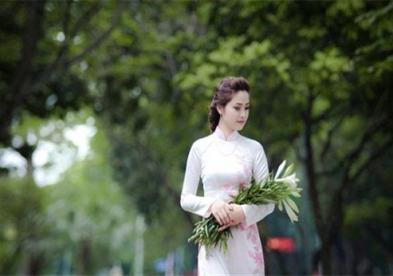
Waking up with HANOIANS
Price from: 13 US$
-
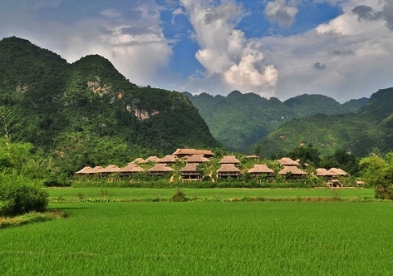
Mai Chau hill tribe day tour
Price from: 33 US$
Business info
Vietnam Local Guide
- Address: 18th Floor, VTC Online Tower, 18 Tam Trinh Str.,Hai Ba Trung Dist., Hanoi, Vietnam
- Email: info@vietnamguider.com
- Phone: (+84) 0904989890
- Hotline: (+84) 0904989890